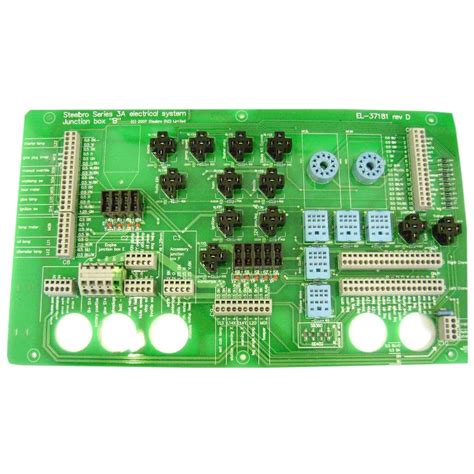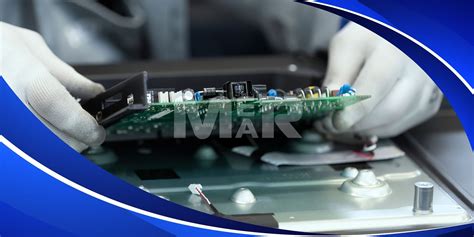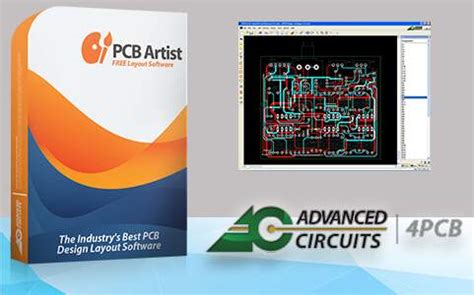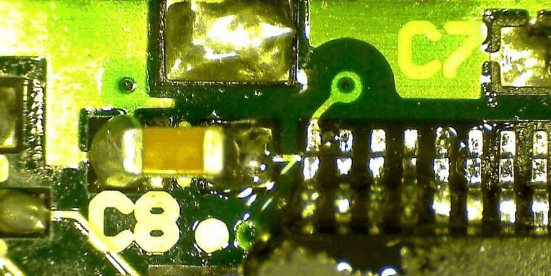DDR PCB Layout and Routing Guidelines: Best Practices for Optimal Signal Integrity
Introduction
Double Data Rate (DDR) memory interfaces present one of the most challenging aspects of modern PCB design. As memory speeds continue to increase—from early DDR1 implementations running at 100-200 MHz to DDR4 operating at 1600-3200 MHz and beyond—the requirements for proper PCB layout and routing have become increasingly critical. This article provides comprehensive guidelines for designing robust DDR memory interfaces, covering layout considerations, routing techniques, termination strategies, and signal integrity best practices.
DDR Interface Overview
DDR Memory Evolution
DDR technology has evolved through several generations, each bringing higher speeds and more stringent design requirements:
- DDR1: 100-400 Mbps
- DDR2: 400-1066 Mbps
- DDR3: 800-2133 Mbps
- DDR4: 1600-3200 Mbps
- DDR5: 3200-6400 Mbps (emerging technology)
Key Signal Groups
A typical DDR interface consists of several signal groups with different routing requirements:
- Data Signals (DQ): Bidirectional data lines (64 bits for standard interfaces)
- Data Strobes (DQS): Bidirectional strobe signals for data capture
- Address/Command Signals: Unidirectional signals from controller to memory
- Clock Signals (CK/CK#): Differential pair for system timing
- Control Signals: Includes RAS#, CAS#, WE#, CS#, etc.
PCB Stackup Considerations
Layer Stack Design
A proper layer stack is fundamental for DDR routing:
- Recommended Minimum Layers: 6-layer stack for DDR3/4 (4-layer may work for lower-speed DDR2)
- Layer Arrangement:
- Top Layer: Component placement and short connections
- Signal Layer 1: DDR signals (preferably microstrip)
- Ground Plane: Continuous reference plane
- Power Plane: Split planes as needed for different voltages
- Signal Layer 2: Additional routing (stripline)
- Bottom Layer: Additional components or routing
- Impedance Control:
- Single-ended: Typically 40-50Ω (match DDR controller requirements)
- Differential pairs (clocks): 80-100Ω differential
Power Delivery Network
DDR interfaces require clean power supplies:
- VDD/VDDQ: Core voltage (varies by DDR generation)
- DDR3: 1.5V (1.35V for low-voltage variants)
- DDR4: 1.2V
- VTT: Termination voltage (typically VDDQ/2)
- VREF: Reference voltage for input buffers
Use appropriate decoupling:
- Bulk capacitors (10-100μF) near power entry points
- Medium-value capacitors (0.1-1μF) distributed throughout
- High-frequency ceramics (0.01-0.1μF) near every power pin

Component Placement Strategies
Memory Controller Placement
- Position the memory controller to minimize connection lengths to DRAM devices
- Orient components to facilitate straight routing without excessive vias
DRAM Device Placement
For multiple DRAM devices (typical in 32/64-bit interfaces):
- Fly-by Topology (DDR3/4 preferred):
- Place devices in a daisy-chain configuration
- Controller → first DRAM → second DRAM → termination
- Particularly important for address/command/clock signals
- T-topology (older DDR2 designs):
- Balanced branches to multiple devices
- Requires careful length matching
- Spacing Considerations:
- Maintain sufficient space between devices for routing
- Consider thermal requirements for high-density designs
Routing Guidelines
General Routing Principles
- Minimize Stub Lengths: Keep stubs short to prevent signal reflections
- Avoid Sharp Angles: Use 45° angles or arcs instead of 90° turns
- Maintain Consistent Impedance: Watch for discontinuities at vias and layer changes
- Crossing Plane Splits: Never route critical signals over plane splits
Length Matching Requirements
Different signal groups have specific timing relationships:
- Data Group (DQ, DQS, DM):
- Match DQ signals to associated DQS within ±25-50 mil (varies by DDR generation)
- DM (data mask) should be matched to corresponding DQ signals
- Address/Command Group:
- Match all signals within group (typically ±50-100 mil)
- In fly-by topology, match at each DRAM device
- Clock Signals:
- Match CK/CK# differential pair tightly (±10 mil)
- Match clock length to address/command group as specified
Differential Pair Routing (Clocks)
- Maintain consistent spacing within pair (calculate for desired differential impedance)
- Route symmetrically with minimal length mismatches
- Avoid separating the pair with vias or components
Via Considerations
- Minimize via count in critical paths
- Use smaller vias (8-12 mil drill) for high-speed signals
- Place ground vias near signal vias to provide return path continuity
- Consider back-drilling or microvias for very high-speed designs

Signal Integrity Measures
Termination Strategies
- DDR2:
- Parallel termination at end of bus (VTT)
- Series termination at controller for some signals
- DDR3/4 Fly-by:
- Terminate address/command/clock at end of fly-by chain
- ODT (On-Die Termination) for data groups
- VTT Termination:
- Place VTT decoupling capacitors close to termination resistors
- Use appropriate power plane for VTT distribution
Crosstalk Mitigation
- Maintain 3W spacing (3 times line width) between critical signals
- Increase spacing to other signal types (non-DDR signals)
- Route adjacent layers orthogonally to minimize coupling
- Consider ground shields for extremely sensitive signals
Reference Planes
- Ensure uninterrupted reference planes beneath critical routing
- Avoid splits or gaps in return paths
- For multi-voltage systems, ensure proper plane allocation
Power Integrity Considerations
Decoupling Strategy
- Place decoupling capacitors close to power pins
- Use appropriate capacitor values for different frequency ranges
- Consider inter-digitated capacitor placement for wide frequency coverage
Power Plane Design
- Use sufficient plane area for current requirements
- Minimize loop areas between power and ground
- Consider dedicated power layers for high-current supplies
Design Verification
Pre-layout Simulation
- Perform signal integrity analysis of proposed stackup
- Simulate termination strategies
- Verify impedance calculations
Post-layout Verification
- Perform Design Rule Check (DRC) for all constraints
- Conduct Signal Integrity (SI) analysis:
- Overshoot/undershoot verification
- Timing margin analysis
- Crosstalk evaluation
- Power Integrity (PI) analysis:
- Power delivery network impedance
- Voltage drop analysis

DDR4-Specific Considerations
- Data Group Routing:
- More stringent length matching requirements (±25 mil typical)
- Higher importance of ODT calibration
- Differential Clocking:
- Tighter pair matching (±5 mil)
- Possible use of pseudo-differential signaling
- DBI (Data Bus Inversion):
- Additional routing considerations for DBI signals
Common Pitfalls to Avoid
- Neglecting to properly plan layer stackup early in design
- Inadequate length matching between critical signal groups
- Poor termination implementation
- Insufficient decoupling or power delivery
- Overlooking manufacturing capabilities in high-speed design
- Failing to account for via stub effects in high-speed signals
Conclusion
Designing a robust DDR memory interface requires careful attention to numerous layout and routing considerations. As DDR technologies continue to evolve with higher speeds and lower voltages, the margin for error in PCB design becomes increasingly small. By following these guidelines—proper stackup design, careful component placement, controlled impedance routing, precise length matching, appropriate termination strategies, and thorough verification—designers can achieve reliable DDR implementations that meet timing and signal integrity requirements.
Remember that each DDR generation and each manufacturer’s components may have specific requirements that override general guidelines. Always consult the relevant controller and memory datasheets, application notes, and design guides for the most accurate and up-to-date information. Additionally, as speeds increase into the multi-gigahertz range, consider engaging in signal integrity simulation and analysis throughout the design process to validate your implementation before fabrication.
Proper DDR implementation is both an art and a science, requiring balance between theoretical knowledge and practical experience. By applying these principles and continually refining techniques based on measurement results and new technological developments, PCB designers can master the challenges of DDR memory interfaces.







